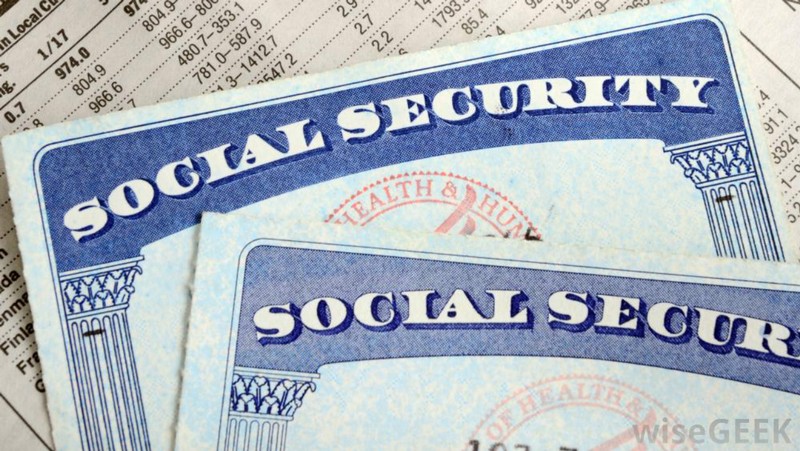
Many people are living longer, but not to age 112 or beyond -- except in the records of the Social Security Administration.
The SSA's inspector general has identified 6.5 million number-holders age 112 -- or older -- for whom no death date has been entered in the main electronic file, called Numident.
The audit, dated March 4, 2015, concluded that SSA lacks the controls necessary to annote death information on the records of number-holders who exceed "maximum reasonable life expectancies."
"We obtained Numident data that identified approximately 6.5 million numberholders born before June 16, 1901 who did not have a date of death on their record," the report states.
Some of the numbers assigned to long-dead people were used fraudulently to open bank accounts.
And thousands of those numbers apparently were used by illegal immigrants to apply for work:
"During Calendar Years 2008 through 2011, SSA received 4,024 E-Verify inquiries using the SSNs of 3,873 number holders born before June 16, 1901," the report said. "These inquiries indicate individuals' attempts to use the SSNs to apply for work."
“It is incredible that the Social Security Administration in 2015 does not have the technical sophistication to ensure that people they know to be deceased are actually noted as dead,” said Sen. Ron Johnson (R-Wis.), chairman of the Homeland Security and Governmental Affairs Committee.
“Tens of thousands of these numbers are currently being used to report wages to the Social Security Administration and to the IRS. People are fraudulently, but successfully, applying for jobs and benefits with these numbers. Making sure Social Security cleans up its death master file to prevent future errors and fraud is a good government reform we can all agree on,” Johnson said.
Sen. Tom Carper (D-Del.), the committee's ranking member, called the findings a "major problem" that wastes taxpayers' money, exposes citizens to identity theft and undermines confidence in government:
"It is simply unacceptable that our nation’s database of Social Security numbers of supposedly living people includes more than six and a half million people who are older than 112 years of age, with a few thousand having birth dates from before the Civil War. Preventing agency errors by keeping track of who has died is a relatively simple problem that the government should pursue as a high priority."
According to the IG, the Social Security Administration matches death reports received from various sources against its payment records, then records the date of a number-holder's death in its Numerical Identification System, or Numident.
Information from Numident is then used to create SSA's "Death Master File," which is used by financial institutions and various government entities to prevent identity fraud. If a death is not recorded on the Numident, it will not appear in the DMF.
The IG made four recommendations for resolving the discrepancies and improving the accuracy of the Death Master File to "prevent future misuse of these SSNs."
|